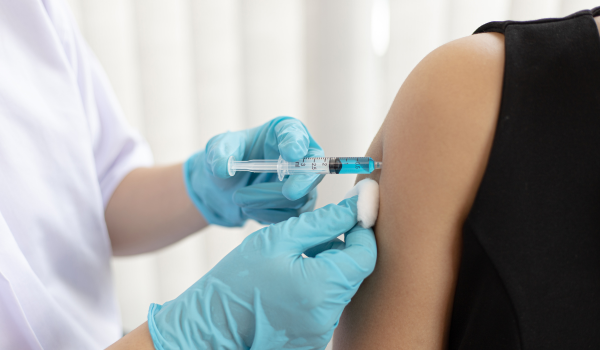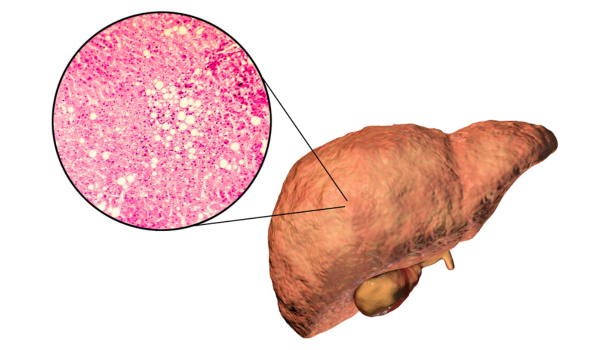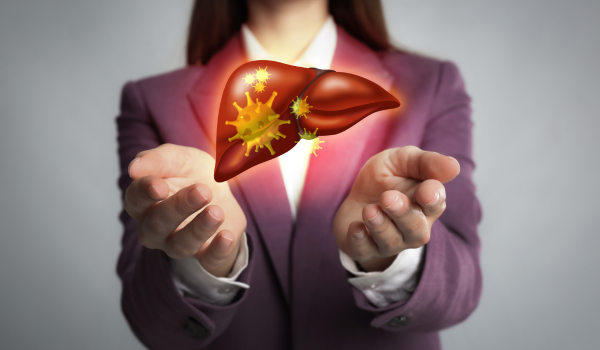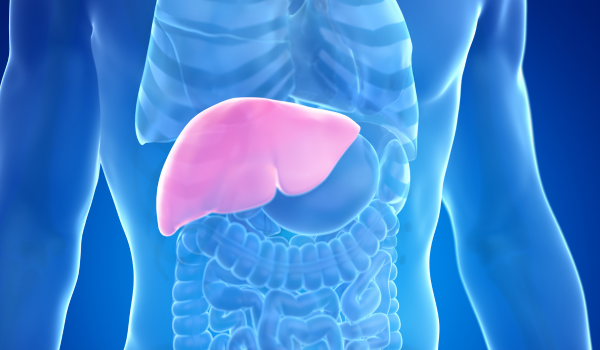
Overview
A liver transplant is a life-saving surgery that replaces a damaged or failing liver with a healthy one from a donor. It is typically considered when other treatments can no longer restore liver function, and without the transplant, the patient’s life is at risk.
This procedure can dramatically improve survival and quality of life, but it’s also a major operation requiring lifelong medical follow-up. Understanding when a transplant is needed, how it works, and what to expect can help patients and families prepare for this journey.
When a Liver Transplant Is Needed
Liver transplants are reserved for patients with end-stage liver disease or acute liver failure who have no other effective treatment options.
Common reasons include:
-
Cirrhosis: Advanced scarring from chronic hepatitis, alcohol-related liver disease, or non-alcoholic fatty liver disease.
-
Acute liver failure: Sudden loss of liver function, often due to drug toxicity (e.g., acetaminophen overdose) or viral hepatitis.
-
Liver cancer: Certain cases of hepatocellular carcinoma (HCC) where cancer is confined to the liver.
-
Genetic disorders: Conditions like Wilson’s disease, hemochromatosis, or alpha-1 antitrypsin deficiency.
-
Biliary diseases: Primary biliary cholangitis (PBC) or primary sclerosing cholangitis (PSC).
Signs You May Need a Transplant
Doctors assess several indicators to determine transplant necessity:
-
Severe jaundice (yellowing of skin and eyes)
-
Fluid buildup in the abdomen (ascites)
-
Repeated gastrointestinal bleeding from varices
-
Hepatic encephalopathy (confusion, personality changes)
-
Very low albumin or clotting factor levels
-
Poor liver function scores (MELD score above a critical threshold)
Evaluation Process
Before being placed on the transplant list, patients undergo a comprehensive evaluation.
Steps include:
-
Blood tests to assess liver function, infection status, and overall health
-
Imaging scans (ultrasound, CT, MRI) to check liver size and tumor presence
-
Heart and lung function tests to ensure surgical safety
-
Psychological and social evaluation to determine readiness for lifelong follow-up
-
Nutritional assessment
The Transplant Waiting List
Patients approved for a transplant are placed on the national transplant waiting list, managed in many countries by organizations like UNOS (United Network for Organ Sharing) in the U.S.
Prioritization depends on:
-
MELD score: Predicts short-term survival without a transplant. Higher scores mean higher priority.
-
Urgency: Acute liver failure cases may receive priority over chronic disease patients.
-
Blood type and size match: Ensures compatibility between donor and recipient.
Types of Liver Transplants
There are two main approaches:
-
Deceased donor liver transplant: A liver from someone who has died, often due to brain death.
-
Living donor liver transplant: A portion of a healthy liver from a living person (often a family member or friend) is transplanted. The liver regenerates in both donor and recipient over time.
Surgery Procedure
Duration: Typically 6–12 hours.
Steps:
-
Removal of the diseased liver.
-
Placement of the donor liver or liver segment.
-
Reconnection of blood vessels and bile ducts.
-
Monitoring for proper blood flow and bile drainage.
The patient is then moved to the intensive care unit (ICU) for close monitoring.
Recovery in Hospital
Initial ICU stay: Usually 1–3 days for intensive monitoring.
Hospital stay: Around 1–2 weeks, depending on recovery speed and complications.
Key focuses:
-
Pain management
-
Prevention of infection
-
Early mobilization to aid healing
Life After Transplant
Recovery continues for months, with lifelong considerations:
-
Immunosuppressive medications: To prevent the body from rejecting the new liver.
-
Regular check-ups: Frequent blood tests and imaging in the first year.
-
Lifestyle changes: Healthy diet, exercise, and avoiding alcohol and certain medications.
-
Infection prevention: Due to lowered immune system.
Risks and Complications
As with any major surgery, there are potential risks:
-
Rejection of the donor liver
-
Infections due to immunosuppression
-
Bile duct complications (leaks or narrowing)
-
Blood clots
-
Recurrence of original liver disease
Early detection and treatment of complications are crucial for long-term success.
Prognosis and Survival Rates
Advances in surgical techniques and post-transplant care have greatly improved outcomes.
Statistics:
-
1-year survival rates: Around 85–90%
-
5-year survival rates: Around 70–75%
Many recipients return to normal daily activities, work, and travel within months.
Emotional and Social Aspects
A liver transplant is not only a physical challenge but also an emotional one. Patients may feel anxiety about surgery, gratitude toward donors, and the need to adapt to lifestyle changes. Support groups and counseling can be invaluable.
Prevention and Liver Health
While a transplant can be life-saving, prevention is always better. Protect your liver by:
-
Avoiding excessive alcohol
-
Maintaining a healthy weight
-
Getting vaccinated for hepatitis A and B
-
Managing chronic diseases like diabetes and high cholesterol
-
Avoiding risky behaviors that can lead to hepatitis infection
Conclusion
A liver transplant can transform the outlook for people with severe liver disease. Knowing when it’s needed, how the process works, and what life looks like afterward can help patients prepare mentally and physically. With proper care and commitment, many recipients enjoy long, healthy lives.












